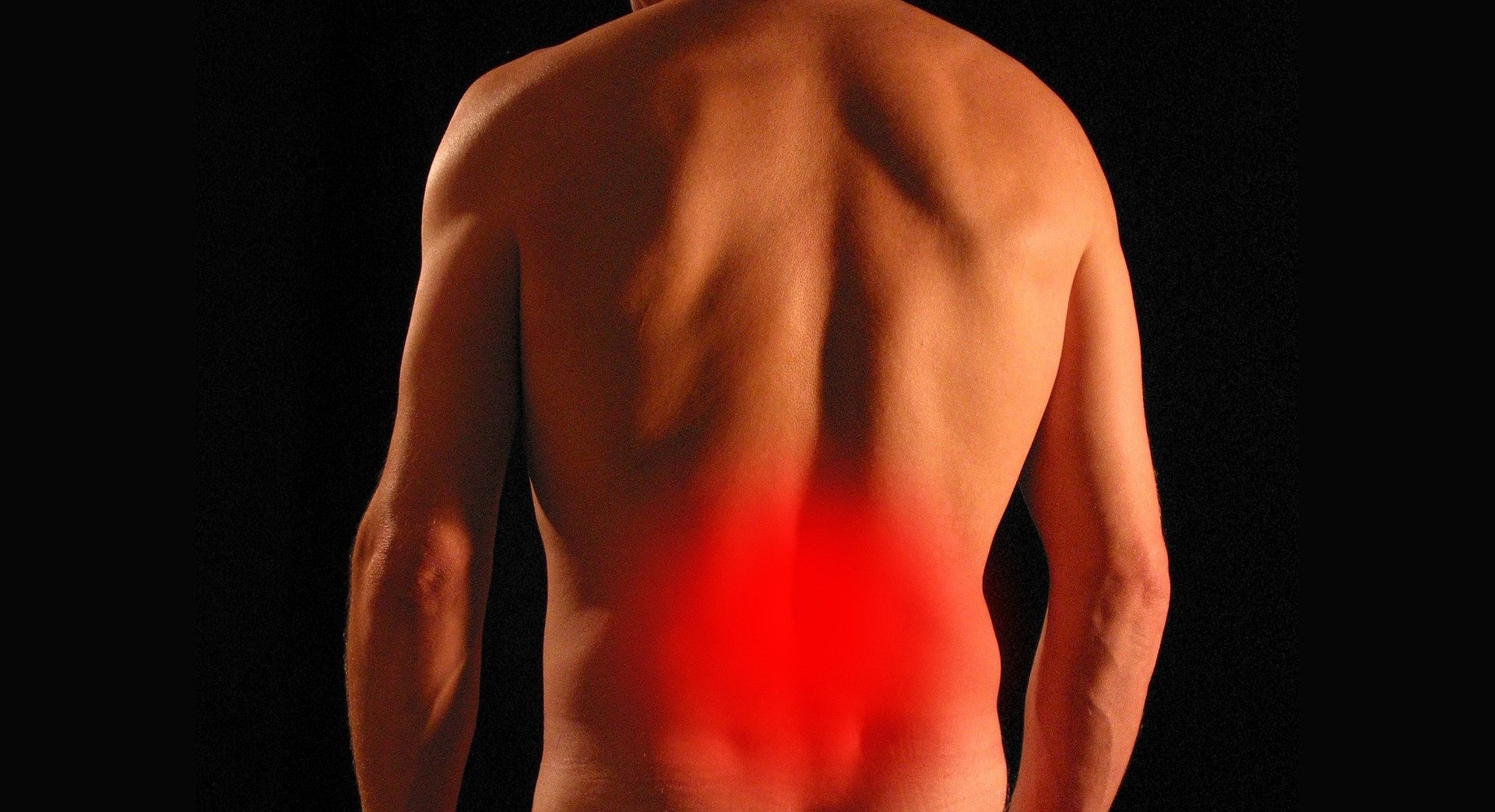Lifestyle Factors Affecting Sciatica Pain: A Comprehensive Guide
Sciatica, a condition characterized by pain radiating along the sciatic nerve path from the lower back through the hips and down each leg, affects millions worldwide. It often results from a herniated disk or bone spur compressing the nerve. While medical treatments are available, lifestyle factors significantly influence the severity and frequency of sciatica pain. Understanding these factors is crucial for managing the condition effectively and improving quality of life.
Sciatica occurs when the sciatic nerve, which runs from the lower back through the hips and down each leg, becomes compressed or irritated. This condition can cause debilitating pain that affects daily activities and quality of life. However, research shows that certain lifestyle modifications can play a crucial role in managing symptoms and preventing flare-ups.
The relationship between lifestyle choices and sciatica pain is complex, involving factors such as physical activity levels, posture habits, weight management, and stress levels. By addressing these modifiable factors, many people find significant relief from their symptoms and can better manage their condition alongside professional medical care.
How Do New Sciatica Treatments Address Lifestyle Factors?
Modern approaches to sciatica management increasingly recognize the importance of lifestyle interventions. New sciatica treatments often incorporate comprehensive lifestyle assessments as part of treatment planning. These innovative approaches may include targeted exercise programs, ergonomic evaluations, and behavioral modifications tailored to individual needs.
Physical therapy protocols now emphasize movement patterns that support spinal health while addressing muscle imbalances that contribute to nerve compression. Additionally, newer treatment modalities consider the role of inflammation in sciatica pain, leading to dietary and lifestyle recommendations that may help reduce systemic inflammation.
What Are the Best Sciatica Treatments for Lifestyle-Related Causes?
When sciatica pain stems from lifestyle factors, the most effective treatments typically combine medical intervention with targeted lifestyle changes. Exercise therapy remains one of the most evidence-based approaches, particularly programs that strengthen core muscles and improve spinal flexibility.
Weight management programs show significant promise for individuals whose sciatica is exacerbated by excess body weight. Losing even modest amounts of weight can reduce pressure on the sciatic nerve and decrease pain intensity. Ergonomic improvements in work and home environments also play a crucial role in treatment success.
Postural correction techniques, including specific stretching routines and strengthening exercises, help address the underlying mechanical issues that contribute to nerve compression. Sleep hygiene improvements, including proper mattress selection and sleep positioning, can also significantly impact recovery and pain management.
Which Lifestyle Changes Provide Sciatica Relief?
Several lifestyle modifications have been shown to provide meaningful sciatica relief. Regular low-impact exercise, such as walking, swimming, or cycling, helps maintain spinal mobility and reduces muscle tension. Specific yoga poses and stretching routines can target tight muscles that contribute to nerve compression.
Stress management techniques, including meditation, deep breathing exercises, and progressive muscle relaxation, can help reduce muscle tension and pain perception. Maintaining proper hydration and following an anti-inflammatory diet rich in omega-3 fatty acids, fruits, and vegetables may also support nerve health and reduce inflammation.
Smoking cessation is particularly important, as tobacco use can impair blood flow to spinal tissues and slow healing processes. Creating an ergonomic workspace with proper chair height, monitor positioning, and keyboard placement can prevent prolonged positions that aggravate sciatica symptoms.
| Treatment Type | Provider | Cost Estimation |
|---|---|---|
| Physical Therapy | Outpatient clinics | $75-150 per session |
| Chiropractic Care | Licensed chiropractors | $60-120 per visit |
| Massage Therapy | Licensed massage therapists | $80-150 per session |
| Acupuncture | Licensed acupuncturists | $70-120 per session |
| Personal Training | Certified fitness professionals | $50-100 per session |
Prices, rates, or cost estimates mentioned in this article are based on the latest available information but may change over time. Independent research is advised before making financial decisions.
How Does Physical Activity Impact Sciatica Symptoms?
Physical activity levels significantly influence sciatica symptoms, though the relationship is nuanced. While excessive high-impact activities may worsen symptoms during acute episodes, appropriate exercise is essential for long-term management and prevention.
Sedentary behavior often exacerbates sciatica pain by allowing muscles to weaken and stiffen. Prolonged sitting, particularly with poor posture, increases pressure on spinal discs and can worsen nerve compression. Conversely, gentle movement and targeted exercises help maintain spinal flexibility and reduce muscle tension.
The key is finding the right balance and type of activity. Low-impact exercises that promote spinal mobility without excessive stress are generally most beneficial. This includes activities like walking on level surfaces, gentle swimming, and specific therapeutic exercises designed to address individual muscle imbalances.
What Role Does Posture Play in Sciatica Management?
Posture plays a fundamental role in sciatica development and management. Poor posture, whether during sitting, standing, or sleeping, can create or worsen the conditions that lead to sciatic nerve compression.
Forward head posture, rounded shoulders, and excessive lumbar curvature can all contribute to spinal misalignment and increased pressure on nerve roots. Conversely, maintaining proper spinal alignment helps distribute weight evenly and reduces stress on the sciatic nerve.
Postural awareness training, combined with strengthening exercises for postural muscles, can provide significant long-term benefits. This includes exercises that target the deep core muscles, upper back, and hip stabilizers that support proper spinal alignment throughout daily activities.
Understanding the connection between lifestyle factors and sciatica pain empowers individuals to take an active role in their treatment and prevention strategies. While professional medical care remains essential for proper diagnosis and treatment planning, incorporating appropriate lifestyle modifications can significantly enhance treatment outcomes and improve quality of life. The most effective approach typically combines evidence-based medical treatments with targeted lifestyle changes tailored to individual needs and circumstances.
This article is for informational purposes only and should not be considered medical advice. Please consult a qualified healthcare professional for personalized guidance and treatment.





